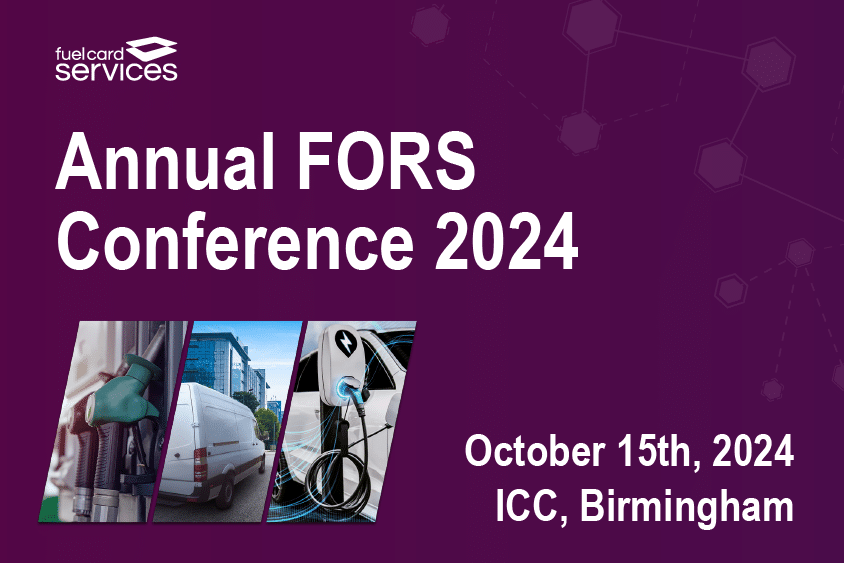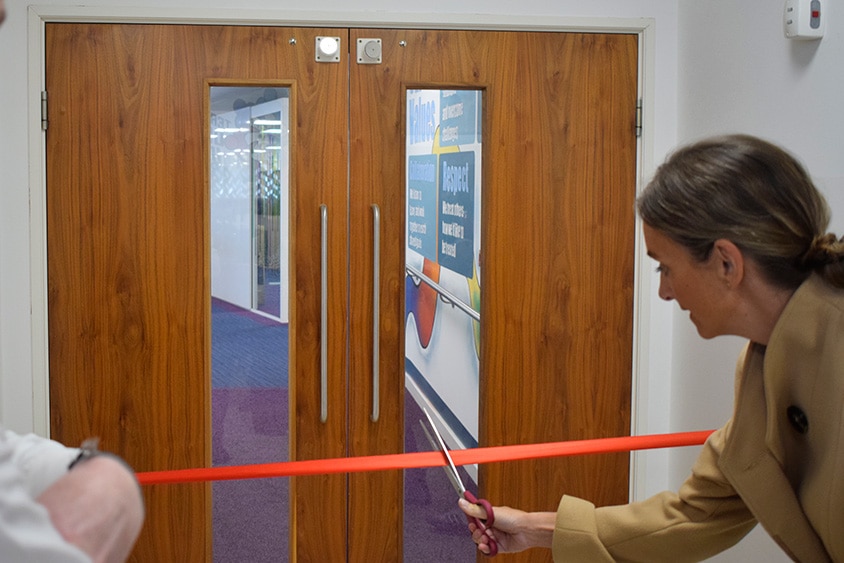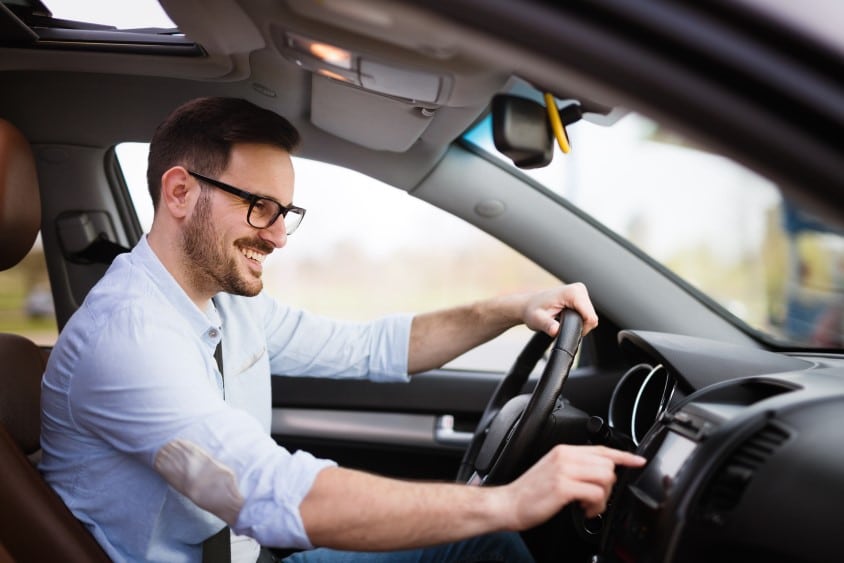The Annual FORS Conference 2024 is set to take place on October 15th at the ICC, Birmingham. As one of the most popular events for fleet operators and industry professionals, this year’s conference promises to deliver valuable insights, networking opportunities, and access to innovative solutions for fleet management.
Event Overview
- Date: October 15th, 2024
- Location: ICC, Birmingham
- Time: Full-day event
Join fleet operators, transport managers, and industry experts at the FORS Conference 2024 to explore the latest trends and innovations in the Fleet Operator Recognition Scheme (FORS) and to stay ahead in the ever-evolving world of fleet management.
Meet Fuel Card Services at FORS Conference 2024
We are excited to announce that Fuel Card Services, the only Affinity Partner for fuel and Telematics solutions, will be present at the FORS Conference 2024. As a trusted partner for FORS customers, we offer a range of services that help fleet operators save time, money, and reduce environmental impact.
Why Choose Fuel Card Services?
- Exclusive Offers: Free FORS-branded fuel cards (RRP £12), up to 10p per litre fuel savings, and free CO2 reporting
- Telematic Savings: Up to 10% off products and subscriptions.
- Mileage Count Discount: Reduced from £6.50 to £4.50 per month.
- Fuel Cost Savings: Fixed-rate cards save 3-5p per litre below the National Average and up to 10p compared to motorway prices.
- Simplified Invoicing: One weekly, HMRC-approved invoice via direct debit—no need for receipts or petty cash.
- Dedicated Account Manager: Personalised support for all your queries.
- Free Access to MyFleetHub: Manage accounts, run reports, and order/cancel cards with ease.
- Wide Network Coverage: Access to BP, Shell, ESSO, Keyfuels, UK Fuels, EV cards, and more.
- Pre-Negotiated Service Rates: Discounts on repairs, servicing, MOTs, tyres, and glass.
- Extensive Acceptance: Our cards are accepted at over 90% of stations, including EV charging options.
To find out more join Fuel Card Services at the FORS annual conference (Stand 38).
Why Attend the FORS Conference 2024?
The Annual FORS Conference is a must-attend event for anyone involved in fleet management. Here are just a few reasons why you should join us:
- Insightful Sessions and Workshops: Learn from leading industry experts on topics ranging from fleet safety to sustainability.
- Networking Opportunities: Connect with peers, partners, and suppliers who share your commitment to excellence in fleet operations.
- Access to Innovative Solutions: Explore the latest tools, technologies, and strategies to improve fleet performance, safety, and compliance.
Registration Information
Don’t miss out on this invaluable opportunity to enhance your fleet operations! Registration is here FORS Annual Conference 2024 – Register. Ensure you secure your spot at the Annual FORS Conference 2024.
Register Now to join the conversation and take your fleet management to the next level!
If you have any questions about the Annal FORS Conference or would like more information about Fuel Card Services, feel free to contact us. Our team is here to help!










